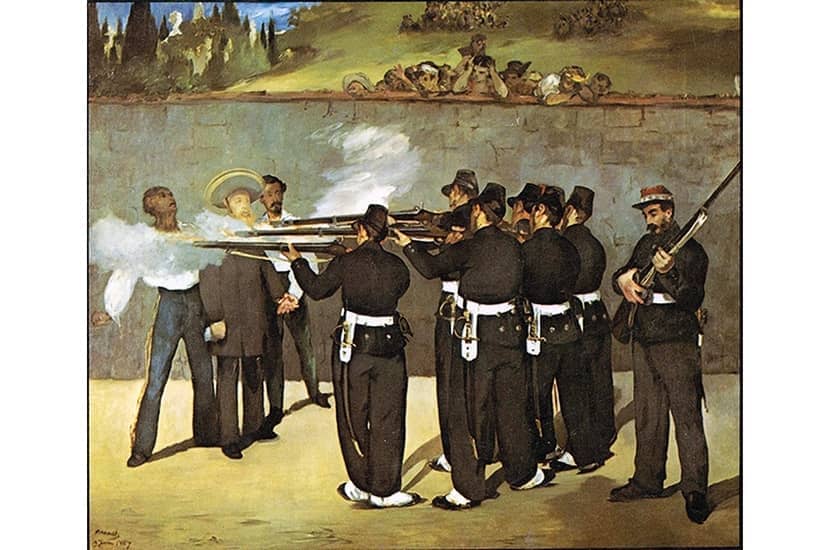On 8 April 1864 an Austrian archduke with a penchant for daydreaming agreed to be emperor of Mexico. As Edward Shawcross describes in his majestic history The Last Emperor of Mexico, the process to install Maximilian of Habsburg began two and half years earlier. The plan was proposed by a determined clique of Mexican Conservatives and developed by Napoleon III, the scheming emperor of France.
The Conservatives, who had just lost a four-year civil war, wanted to repeal the Liberal constitution that confiscated the assets and privileges of the Catholic church. They saw Maximilian as a symbol of the imperial family that had brought the faith to Mexico. Napoleon III, who wanted to expand French influence and trade, saw a potential puppet.
Maximilian was both those things, but also a sophisticated, enterprising and enlightened modern ruler. As governor of Lombardy-Venetia, he had earned a reputation as a patron of the arts and a social reformer. He was sacked by his older brother Franz Joseph after refusing to crack down on dissenters. Having been out of work since leaving Lombardy-Venetia in 1859, Maximilian and his Belgian consort Carlota saw the Mexican throne as the opportunity of a lifetime.
Maximilian was carefree under fire, refusing to take cover and stopping to admire ‘the most beautiful butterflies’
Aware of Mexico’s instability and the prospect of US intervention to eject a European monarchy, Maximilian imposed two conditions: a military alliance with Britain and a popular mandate in Mexico. Over the course of his two-and-a-half-year deliberations, he fudged on both. He was also wilfully misled. French officials in Mexico, sent to pacify the country before the emperor’s arrival, dispatched dodgy polling data, and Napoleon III assured Maximilian that although Britain would not sign a formal treaty, her approval was secure. With the US at war with itself, Maximilian decided his once-rigid terms could be met later.







Comments
Join the debate for just £1 a month
Be part of the conversation with other Spectator readers by getting your first three months for £3.
UNLOCK ACCESS Just £1 a monthAlready a subscriber? Log in